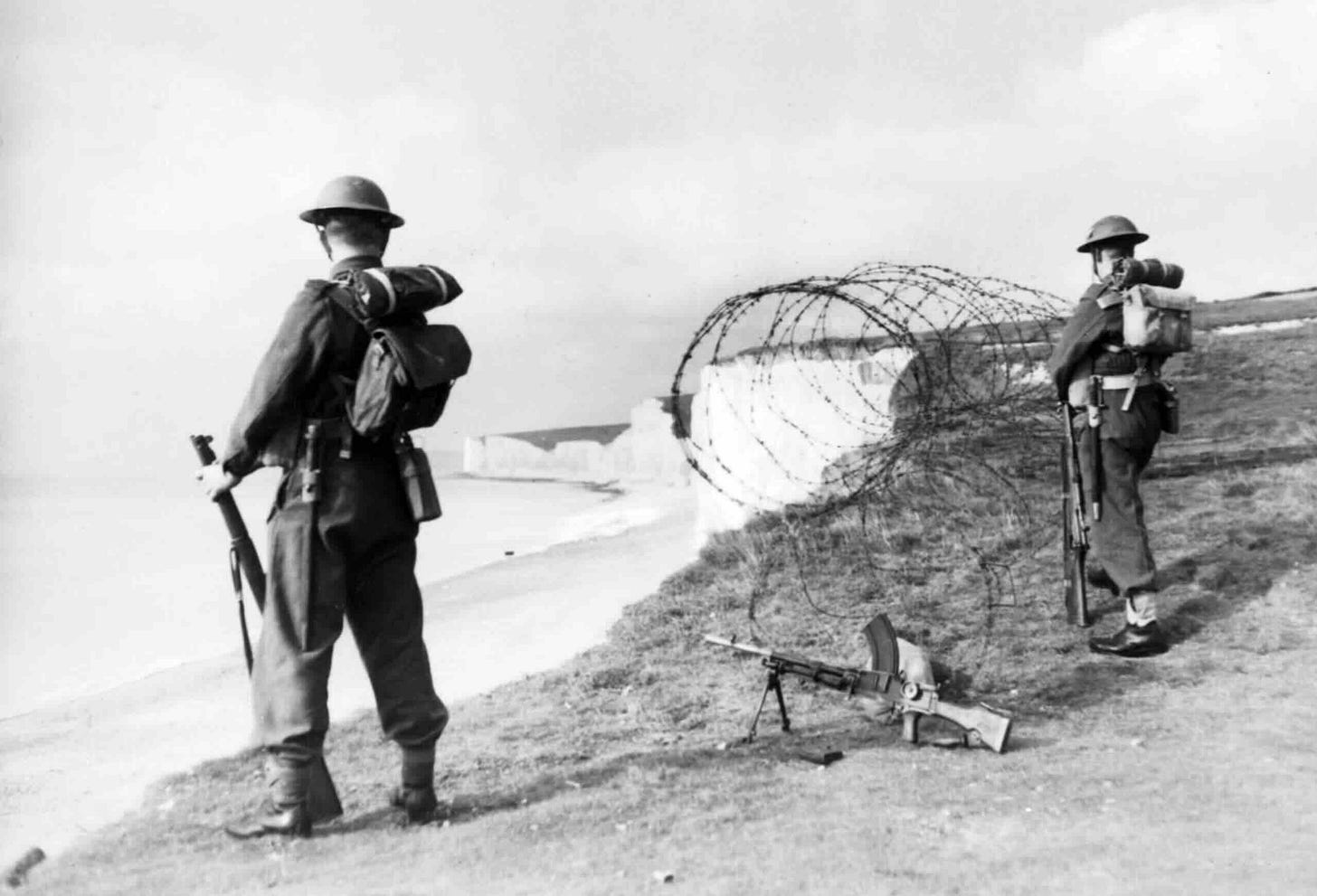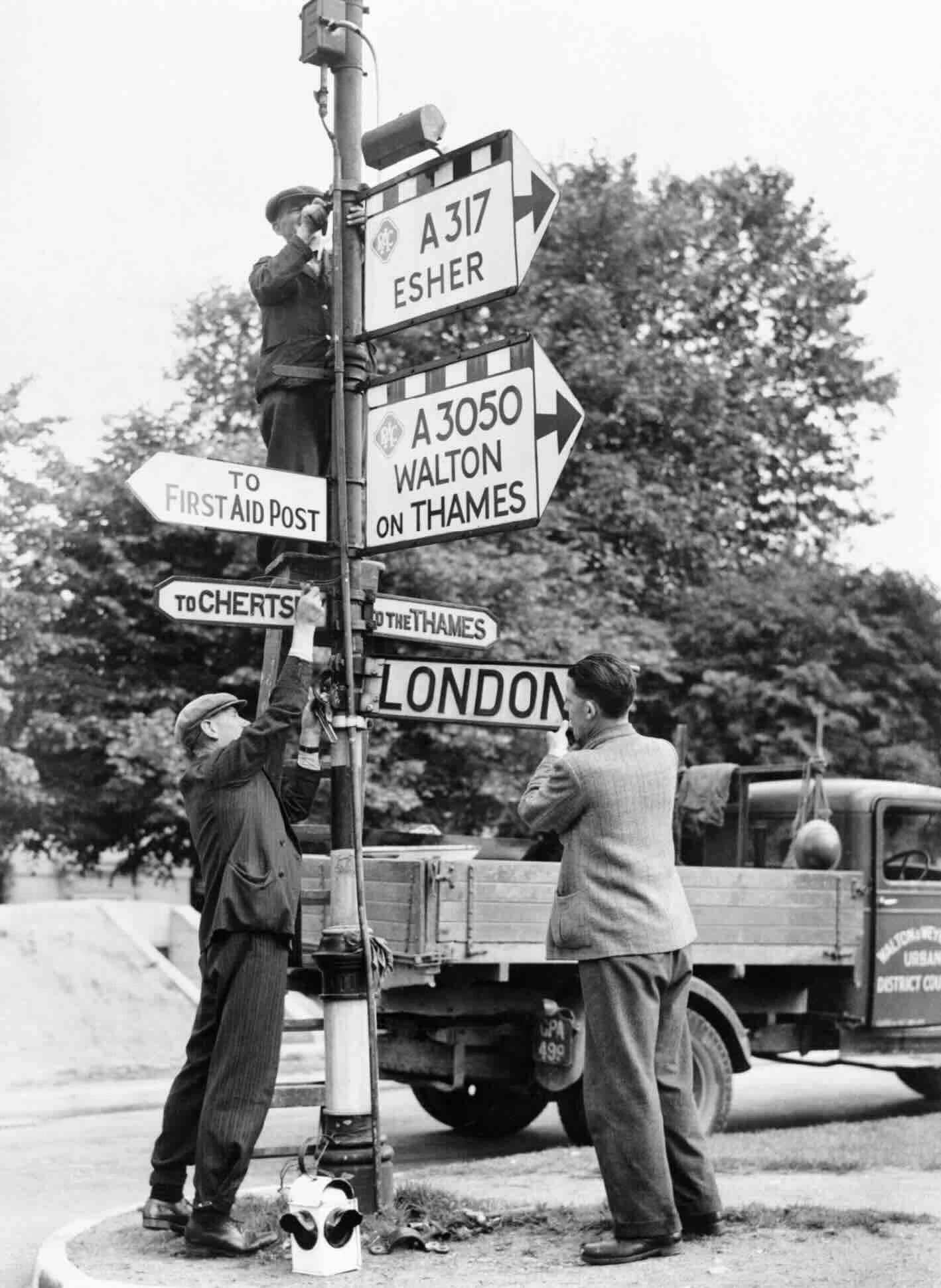German invasion expected soon
29th June 1940: The prospects for a German invasion are assessed by the Chief in Command, Home Forces

General Ironside had been Chief of the Imperial General Staff until 26th May when he relinquished that position to become Chief in Command, Home Forces. He had never found the positon as CIGS congenial, it appears that he did not find himself suited to being in a position at the interface of the military and politics.
As Chief in Command, Home Forces, he applied himself energetically to touring the country, inspecting the Home forces and assessing their readiness.
June 29
I spent an unsatisfactory day with the Chiefs of Staff. They are not clear in their minds as to what they want as to our defence. At one time they say that we must defeat the enemy on the beaches when he lands, and that we must hold a sufficient reserve. That the teaching of the war is that we mustn’t hold lines.
The whole thing is very difficult and I have given them my views:
(i) The coastline is terrific in length and we may be attacked at any point of it, owing to the fact that the Germans may start from Norway, the Baltic, Holland, Belgium or France. They may even take Ireland first and so extend the possibility of landing still further to the west. The veil of secrecy in Germany is complete. Very few preparations had been made to prepare beaches and possible landing points, and work is still very incomplete.
(ii) Air landings can take place anywhere in the United Kingdom or Ireland with even less warning than in the case of sea-borne landings. With the means at Germany’s disposal, large forces - up to 20,000 - can be transported by air.
(iii) The forces we have available in the United Kingdom are both untrained and armed insufficiently, especially in tanks and guns and anti-tank weapons. And so we have decided to hold the coast as a “crust”.
They are much better prepared than we are, and we are improvising all the time.
Work is proceeding fast on anti-tank obstacles at beaches, wire and pillboxes. The idea is to inflict all the losses we can, and to attack at once with our mobile forces at the beaches or at any point to which they have penetrated. For this we have what local reserves we have, and two [G.H.Q.] reserves each of a mobile division and an armoured division.





